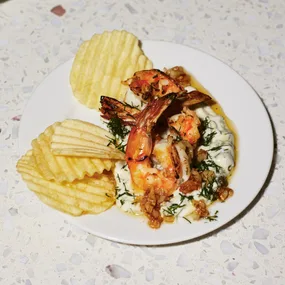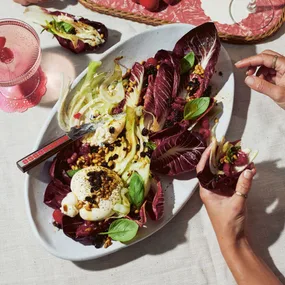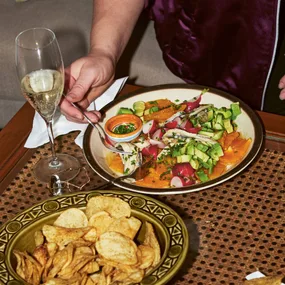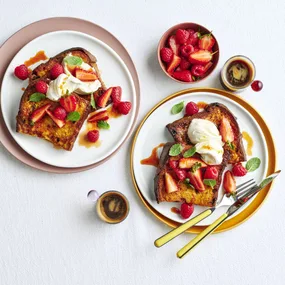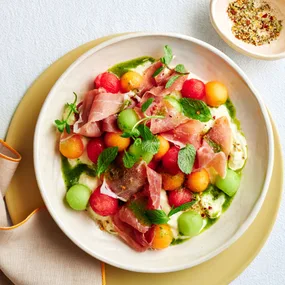Traditionally in bouef Bourguignon, a tough cut of beef – most often rump – was studded with lardons to impart extra fat and flavour before being braised in a combination of the region’s signature red wine – Burgundy – and a deeply flavoured beef stock. A bouquet garni imparted extra flavour, and champignons and pearl onions were added at the end of long and languid cooking. Over time, the recipe evolved from honest peasant fare to haute cuisine, and Auguste Escoffier’s 1903 recipe became the standard-bearer, although Escoffier used a whole piece of beef rather than smaller cubes. Much later, the world came to know the Julia Child boeuf Bourguignon – otherwise known as beef Bourguignon or beef Burgundy in her native tongue, English.
Changes in cooking equipment and available ingredients have brought about subtle changes to the famed beef stew since Escoffier’s version was published all those years ago, although for the most part it has remained safe from new-age tweaking. Today’s cuts of meat have sufficient marbling to render the larding technique unnecessary, but a boeuf Bourguignon recipe simply wouldn’t be the same without smoky bacon or speck, so these days it’s included as a separate component. As to the meat itself, traditionally beef rump is used, and historically this would have come from the Charolais cattle for which Burgundy is famed. Other secondary cuts such as beef shin, however, would also work beautifully. One ingredient that is strictly non-negotiable if you value authenticity is the wine: it must be a Burgundy, preferably of a quality you’d happily quaff.
Like many long-cooked dishes, boeuf Bourguignon is cooked in a dutch oven – and it’s even better the next day, so plan ahead a little and give it some time in the refrigerator. Alternatively, make a double batch and enjoy some straight away and the remainder a day or two later. You’ll be glad you did.


